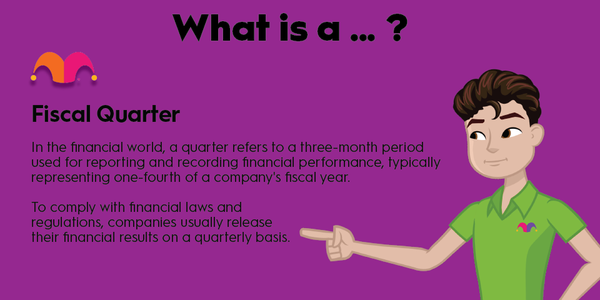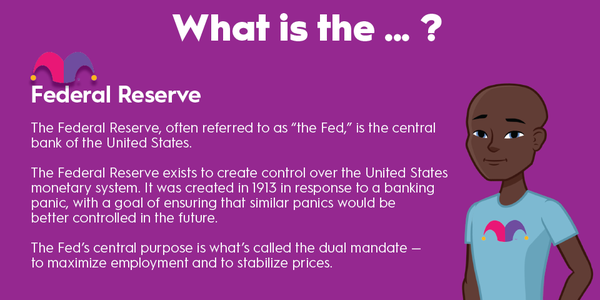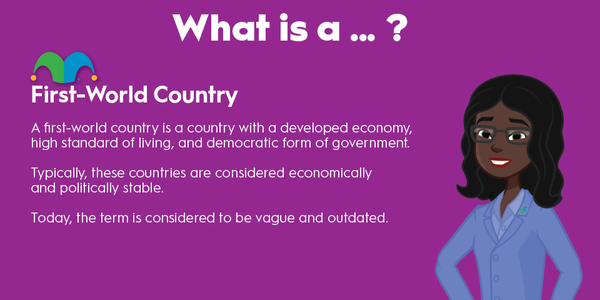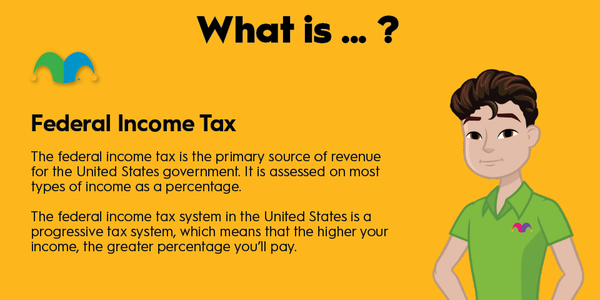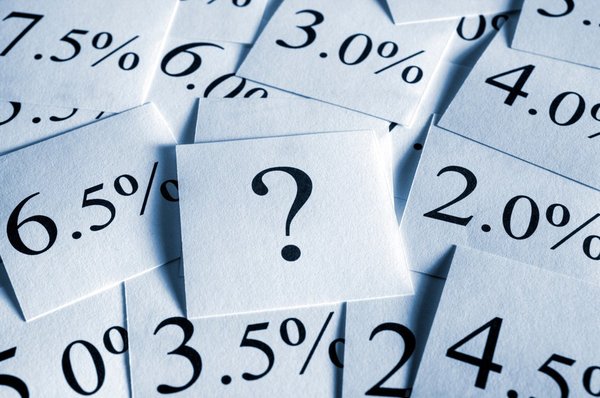If you’ve ever read your own credit report, you know it contains a lot of information. In fact, it isn’t uncommon for a credit report to be 10 pages -- or much longer.
Although it’s a great idea to take a look at your own credit report every so often to check for errors and see where you stand, it isn’t practical for lenders to read every word of an applicant’s credit report before making a decision.
That’s where credit scores come in. In a nutshell, a credit score is meant to take all the information in a consumer’s credit report and condense it into a single number that lets lenders know how likely you are to be able to pay your debts. And when it comes to credit scores, there is none more widely used than the FICO® Score.

What is it?
What is the FICO® Score?
The FICO® Score is a credit scoring model developed by the Fair Isaac Corporation. It is considered the most important type of credit score. FICO® Scores are used in more than 90% of consumer lending decisions.
FICO® Scores range from a minimum of 300 to a maximum of 850, with higher scores being better.
It’s important to realize that different entities issue different FICO® Scores, so don’t be surprised if you get a FICO® Score for free from your credit card issuer and your lender tells you a somewhat different number when you apply for a loan.
Not only do borrowers have different FICO® Scores based on their credit reports from each of the three major credit bureaus (Equifax, Experian, and TransUnion), but the Fair Isaac Company refreshes the scoring methodology periodically -- the latest version is FICO® Score 10, but 8 and 9 are still widely used. Plus, there are industry-specific FICO scores, such as those for auto lending and credit cards.
What is it based on?
What information is the FICO® Score based on?
The actual FICO credit scoring formula is a closely guarded secret. However, the company behind the FICO® Score publishes a general framework. There are five categories of information, each with its own weight:
- Payment history (30% of FICO® Score): The single most important FICO® Score factor is whether you pay your bills on time or not. This category also includes things like missed payments, collection accounts, and charge-offs, and its heavy weight is why these things can be so damaging to your FICO® Score.
- Amounts owed (25%): This doesn’t necessarily refer to the actual dollar amounts you owe; it's more about the amount of your credit card debt relative to your credit limits and the balances on your installment loans relative to their original amounts.
- Length of credit history (15%): This category considers several time-related factors, including the age of your oldest credit account, the average age of all your open credit accounts, and the ages of your individual accounts.
- New credit (10%): This account considers newly opened credit accounts as well as recent credit applications, regardless of whether you actually opened an account. If you’ve ever heard that applying for credit can hurt your score, this category is why.
- Credit mix (10%): Lenders want to know that borrowers are responsible with all types of credit, not just one. For example, if you have a mortgage, auto loan, and credit card, it would count more favorably than if you had only one of these.
It’s also important to mention what is not included in the FICO® Score. Demographic information like race and religion are not included, and despite a common misconception, income and the consumer’s employment history play no role. Someone with a $40,000 annual salary could have an excellent FICO® Score just as easily as someone who earned $400,000.
What is a good FICO® Score?
What is a good FICO® Score?
There is no specific FICO® Score that is considered good. However, the company behind the FICO® Score offers these guidelines.
- 800 or higher: Exceptional credit
- 740–799: Very good credit
- 670–739: Good credit
- 580–669: Fair credit
- Below 580: Poor credit
An example
Real-world example: Why your FICO® Score matters
To be perfectly clear, lenders can make their own decisions, and they take other factors into consideration when making lending decisions, such as the borrower’s debt-to-income ratio and employment history. However, it’s clear that a higher FICO® Score not only increases your chances of loan approval but can also get you a much better interest rate.
Consider this example. Let’s say that you want to buy a new car for $35,000 and that you want to use a 60-month loan to finance it. As of August 2023, a borrower with a FICO® Score of 750, which is in the realm of “very good” credit, could expect an interest rate of 7.44%, which would yield a monthly payment of $700.
On the other hand, a borrower with a “fair” FICO® Score of 650 could expect an interest rate of about 12.39% based on the national average, which would produce a monthly payment of $747.
This difference of $47 per month would add up to $2,820 in additional interest over the 60-month loan term for the lower-credit borrower. That’s why excellent credit can be such a valuable financial tool.

